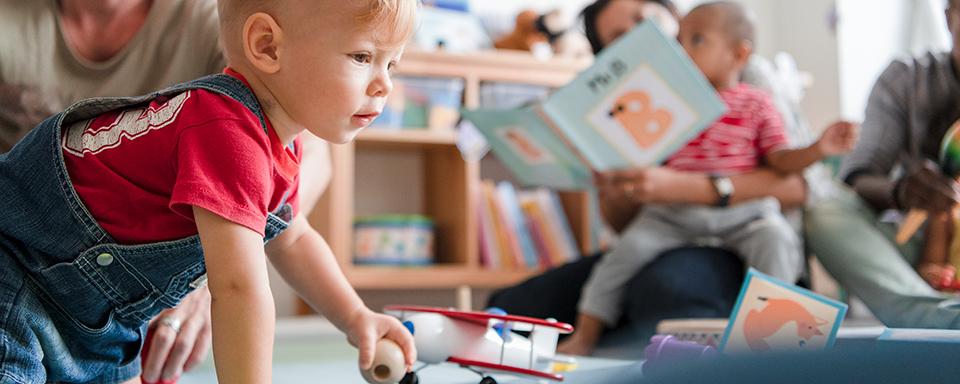It All Begins With a Discovery Adventure
Gathering nature’s little treasures is an important part of this activity. Make a family adventure of exploring the forest, local park or your own yard. You may be surprised at nature’s treasures lying right on the ground.
Adult supervision is essential. Talk to your child about safely collecting treasures before your adventure begins.
Making Your Woodland Mini Garden
- Select a container that is deep enough to plant your feature plant. Moss can rest on top of the soil.
- Cover the bottom of the container with about an inch of pebbles or gravel. This is for drainage. Most plants don’t like to sit in water.
- Cover the pebbles with soil. Fill container to about one-half inch from the top edge.
- Make a hole in the soil and place your feature plant.
- Fill the hole with soil and pat the soil down gently.
- Place your treasures to fill the surface of the bowl. Fill in blank spots with pebbles or interesting stones you collected.
- Pour about one-half cup of water around the feature plant. Repeat watering once per week.
Note about watering: Moss can go without water for a very long time. If your moss is dry, hold it under running water for a moment and shake off excess water before placing in your garden. Give it water about once a month. Lichen needs no watering.
Nature’s Little Treasures:
- Moss
- Lichen
- Interesting stones
- Sea shells
- Acorns
- Pine cones
- Small branches or woody stems
- Small plants (ground cover, grass or weeds will do)
Materials:
- Plastic bowl or other container
- Pebbles or gravel
- Soil (potting soil or yard dirt)
- Popsicle stick, chopsticks or bread knife
- Measuring cup or large spoon for scooping soil and pebbles
Remember, everyone wash your hands after collecting treasures and after creating your garden.
Visit the science section of our Family Resource Library for more outdoor discovery activities.
Parental Supervision Required.
See the next page for photos and fun facts about moss and lichen.
1. Moss comes in many shapes and textures. Moss grows on trees and rocks, even in sidewalk cracks.
2. Sometimes two types of moss grow together.
3. Some moss looks like a fern.
4. Moss and lichen grow on the same tree with tree ferns. Tree ferns are not a good plant for your woodland garden. They do not like to be detached from their home on the tree. In dry times, tree ferns are dry up and look dead until it rains. Then they are pretty again.
5. These tiny lichen are called pixie cups. Like moss, lichen has many forms.
6. Lichen growing on a stone.
7. Reindeer lichen is found in warm and cold climates. It can be found in Arkansas and may look like a little white/gray tumbleweed.
8. Ruffled lichen on a tree.
9. Conk is a fungus that indicates disease in a tree.
Visit the science section of our Family Resource Library for science experiments and activities.
See the Sticks and Stones Creativity resource for more ways to extend the learning experience.









